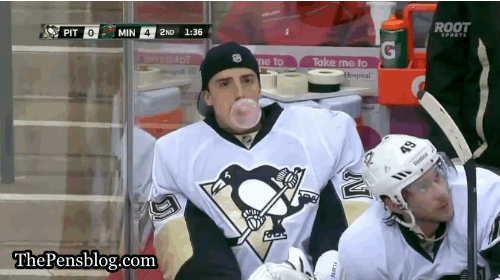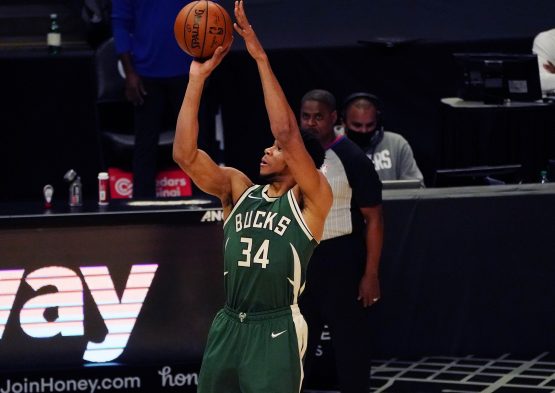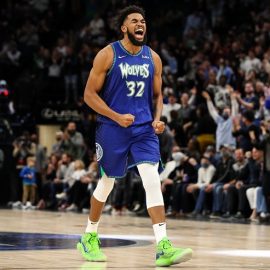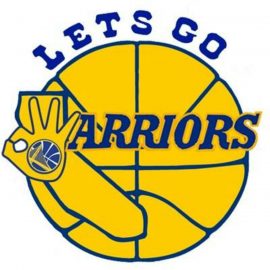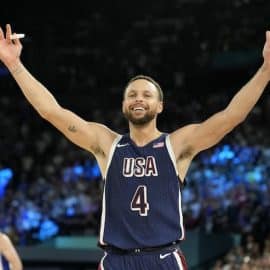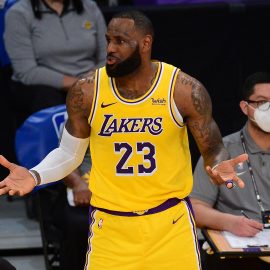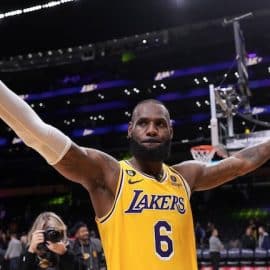Shipping up to Boston!
Good luck Jaylen…
First of all, let’s be clear.
Danny Ainge did not turn down a godfather from Philadelphia including Noel, Covington, 24 and 26 for the No. 3 selection overall. Boston ownership is on record stating that all of the offers were ripoff attempts. The Celtics had previously offered much more to obtain Noel/Okafor at the trade deadline, reportedly making the Nets’ pick and a member of their over-loaded backcourt (possibly Smart or Bradley) available for Okafor alone. And GM of the Sixers’ Bryan Colangelo has stated that these whispers were nothing but innuendo. In fact, it seems this is exactly what a team that isn’t making any progress turning its allegedly valuable assets into a player even vaguely resembling superstar material (sorry Isaiah Thomas and Marcus Smart) would leak.
Realistically, I don’t think more than Noel or Okafor and chunk change was on the table for the Celtics’ first selection. Anything close to the four-part package going through would’ve caused riots on Broad Street and the Colangelo’s to go into hiding. Ainge didn’t turn down a godfather offer when he picked Jaylen Brown with the third overall selection. He made a choice. Not one of Best Player Available nor Best Fit. But that of BBA, the ever-increasing standard for draft hype in the NBA today.
This was a clear case of Best Body Available. Mr. Brown’s measurements are quite literally insane. Like Noah Vonleh, Kelly Oubre Jr., Andrew Wiggins, and Michael Carter-Williams before him, Brown was drafted significantly higher primarily on the basis of his bounce and length. These players fit well in today’s NBA, holding the potential to guard multiple positions and bringing good defense almost automatically to the table. It also tends to minimize their bust potential and ease the pressure on other aspects of their game coming along right away.
After a season marked by enormous struggles to score the basketball, the Cs (essentially) doubled down on defense. While Jaylen Brown has perhaps the best measurements of any member of the previous group at 6-7, with a 6-11.75 wingspan on a 225-lb. frame, he stands out in another way as well. Perhaps it was the ease with which he performed well throwing his weight around in college, but Brown noticeably lacks a go to skill that the rest of the top-15 BBA picks all possess. This absence was the reason he was falling on draft boards, and the same reason Boston fans everywhere are confounded by this selection.
So what does Jaylen Brown bring to the table?
– Brown is an intelligent and extremely confident young prospect, traits the Celtics undoubtedly hope will contribute to his basketball IQ.
– He thrives on bullying undersized opponents, which Boston could intiate by tweaking their lineups.
– Brown is not yet, but will probably be a lockdown defender, with the ability to guard at least two positions.
– He displayed a competitive edge, playing well in losses as well as wins most of the year.
– Has a knack for finishing with his left hand.
– He is a (potential) terror in transition.
Unfortunately, what he’s not is a primary scorer, a shooter of just 29 percent from beyond the arc and just over 60 percent from the free-throw line condemns him to a developmental shooting role for years to come. He’s not a prospect with a tangible skill to bank on once he enters a league of full-grown men that make his alma mater’s competition look like the bad news bears. And he’s definitely not going to have it any easier offensively than any other rookie in the league, facing tight man coverage on a team that placed 24th in the league in effective field goal percentage.
Boston fans have to hope that Ainge found answers for why Jaylen showed serious lapses in concentration and endurance: Brown shot almost 10% worse on his freebies between high school and college. He failed to crash the boards on offense despite working out of the elbow or the post about half the time (averaged only one offensive rebound per game), and struggled to endure a college season, as his production dropped off a cliff over a month before the season ended–shooting 10-for-48 from the floor in his last five games.
Brown struggled against teams he played against multiple times, suggesting that opponents game-planned against him with ease: playing against Arizona State, Oregon State, Utah, and Stanford he went for 49 percent in their initial games, while suffering at a clip of 24 percent in their second and third matchups.
Brown also needs to work on his passing. He had the highest turnover rate of any non big man draftee. He found teammates kicking the ball out to them after drawing their defenders on drives. However, he failed to impress when passing in tight spaces, something that needs to improve for a forward that does his best work out of the post and from the elbow. Brown also had a tendency to broadcast his intention to pass early in plays, and displayed questionable shot selection throughout the year. He took over half of his shots from three despite hitting them only 29 percent of the time. Meanwhile, he had two teammates in Jabari Bird and Jordan Matthews that both shot 41 percent or better on a combined 11 shots from beyond-the-arc per game.
While the upside is most definitely there, every area of his game outside of taking it to the hoop needs serious work. And unfortunately, Brown’s motor is somewhat suspect. Is he willing to take it strong against bigger better competition throughout the long NBA season when he couldn’t finish off a college season strong? Or is he going to fall back on a weak shot that he didn’t hesitate to settle for in college.
Jaylen Brown’s ceiling is Andre Igoudala in his prime with a better jumper, but his floor is an underachieving, weak-shooting Harrison Barnes.
Unfortunately, all of these question marks and hints of ability, with an all-too-noticeable lack of definite skills convince this writer that Jaylen Brown is far less likely to reach his lofty ceiling than other prospects. More likely, he’ll turn into a very flexible defensive player that can make the highlight reel for high altitude finishes around the rim.
Not that opportune for a No. 3 overall pick, especially on an offensively deficient team. But options at No. 3 were a bit weak after the top two selections, right? Or were they…?
What exactly did Ainge and the C’s leave on the table?
Five main options were on the board, long before the clock started ticking:
1. Okafor/Noel and chunk change
2. Dragan Bender
3. Jamal Murray
4. Jimmy Butler -The only All-Star realistically available to Boston (outside of the widely coveted Al Horford)
Or
5. Kris Dunn
He turned down Bender, whom I believed to be head and shoulders above everyone not named Ingram or Simmons in this draft. He turned down a 19-year-old 17.5 and seven big man who shoots 68 percent from the charity stripe. He turned down an offensive weapon in Jamal Murray and a more well-rounded two-way point guard of the future in Kris Dunn (which was slightly more acceptable considering Boston’s depth of backcourt options). And he turned down overpaying the Bulls for a small forward with superstar potential, which is one of the only ways to trade for a star/superstar upgrade in the association.
Danny Ainge’s recent drafting history has been questionable if we’re being kind, and I’d argue he didn’t get the best value at No. 3 overall, but what can you do? At the end of the day, Boston failed to address their dearth of offensive talent or upgrade their defense (at least in the immediate future) on a team that’s within shouting distance of contention.
Add The Sports Daily to your Google News Feed!
